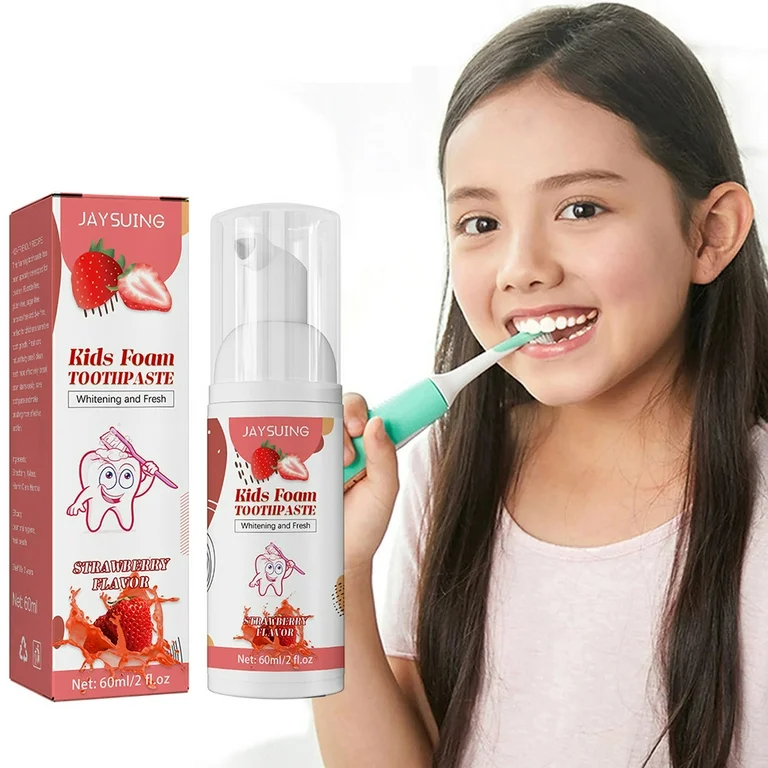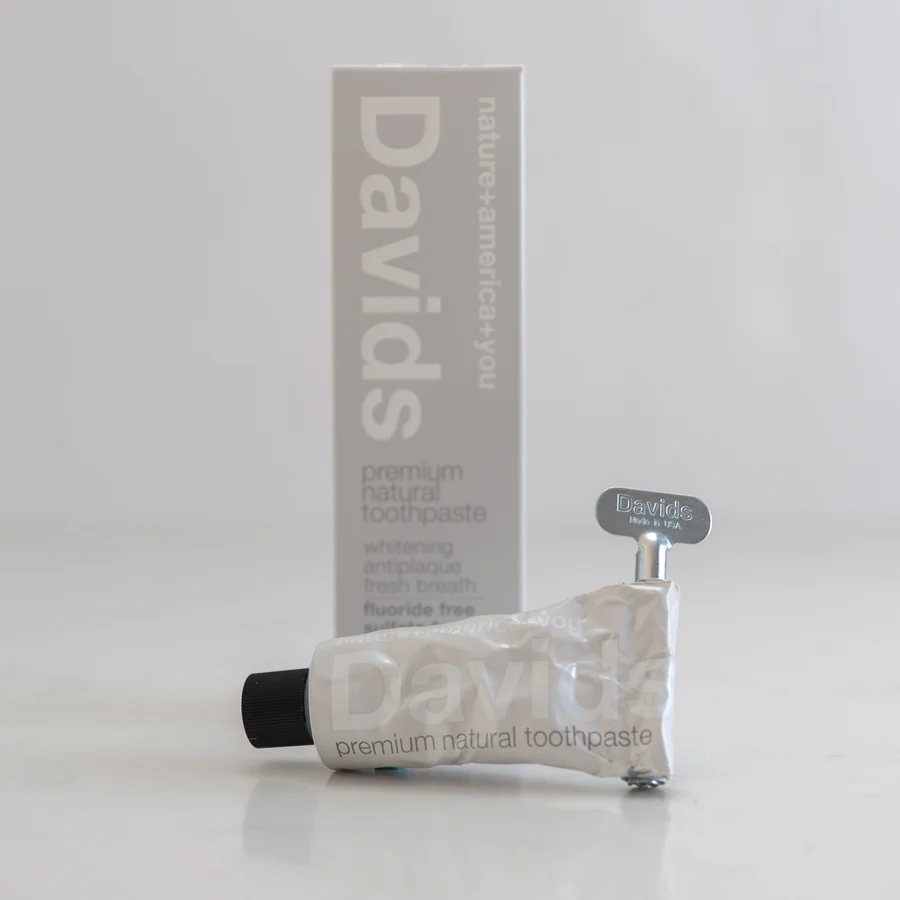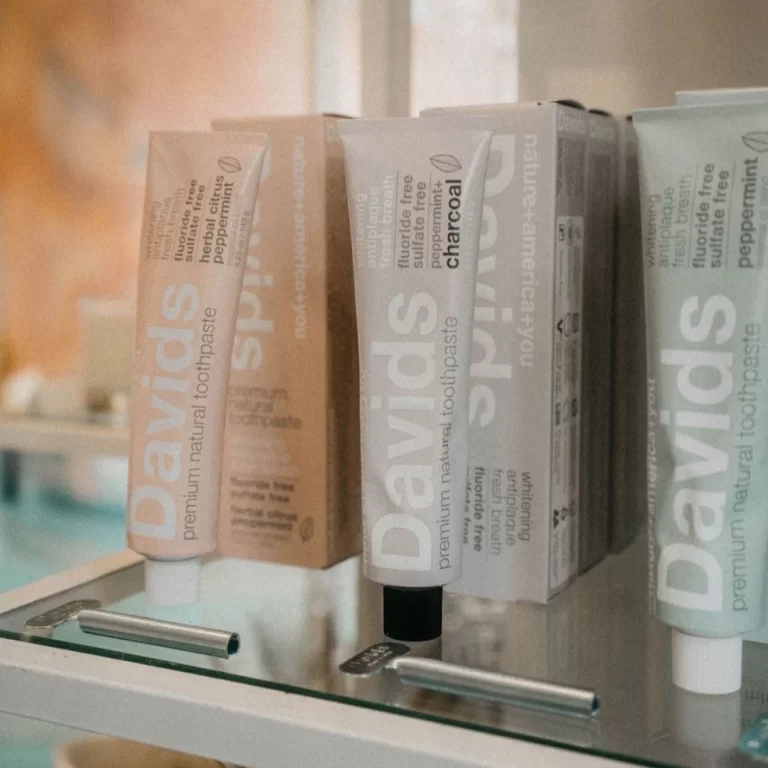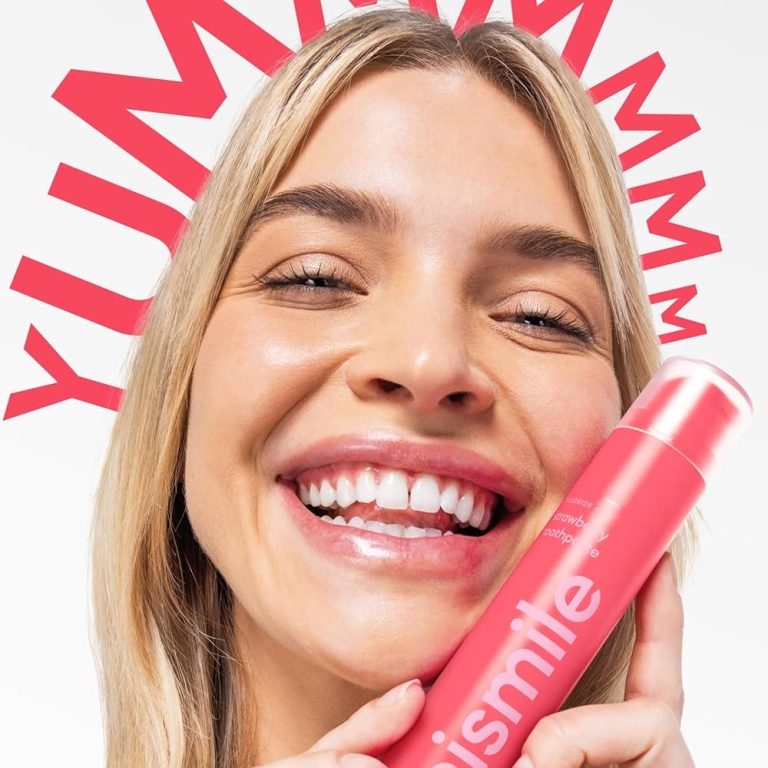
Dental Drama: Hello Toothpaste Lawsuit Explained
Introduction to the Hello Toothpaste Controversy
The Hello toothpaste lawsuit has stirred the dental care market. This legal battle features Procter & Gamble (P&G) against Hello Products LLC. The dispute began with Hello’s claim that their oral care products are ‘99% natural.’ This claim positioned its toothpaste as a natural alternative to traditional options.
P&G, the maker of the popular Crest brand, challenges Hello’s assertions. They argue that Hello’s products contain chemical processes that do not align with the ‘natural’ claim. They cite ingredients like Sodium Lauryl Sulfate and Xylitol in their lawsuit. P&G’s contention roots in the belief that these ingredients undergo significant chemical processing.
The controversy extends beyond the ‘99% natural’ claim. P&G points out Hello’s promotional strategies as deceptive. The lawsuit highlights how Hello compares its products to others, creating a potentially false narrative. P&G took legal action as Hello did not fulfill promises to change their marketing.
This controversy raises questions about marketing ethics and the legal standards in advertisement claims. The outcome of the hello toothpaste lawsuit could set new precedents for the industry. It will closely watch as it unfolds, with potential industry-wide impacts.

Claims from Procter & Gamble Against Hello Products
Procter & Gamble, the conglomerate behind Crest, made bold claims against Hello Products. P&G contends that Hello’s toothpaste advertising misleads consumers. The lawsuit targets Hello’s assertion that their toothpaste is ‘99% natural.’ P&G argues this is false. They present evidence that Hello toothpaste includes heavily processed ingredients. Ingredients such as Sodium Lauryl Sulfate and Xylitol are under scrutiny.
P&G asserts that such components cannot be natural by any standard. The lawsuit mentions guidance from reputable bodies. These include the Food and Drug Administration and the United States Department of Agriculture.
In addition, P&G highlights Hello’s comparative ads. They claim these violate the Lanham Act. Hello’s marketing uses terms like ‘chemistry not chemicals.’ This, P&G says, implies that other brands are inferior and chemically laden. P&G underlines that Hello toothpaste also contains fluoride. This is a chemical found in traditional toothpastes like Crest.
Because Hello did not remove the contentious ‘99% natural’ claim, P&G demands action. The conglomerate seeks an injunction against Hello. They want them to stop making the contested claims. P&G also seeks corrective advertising and monetary damages. The hello toothpaste lawsuit is a wake-up call for transparency in product marketing.

The Significance of ‘99% Natural’ in Hello Toothpaste Advertising
The ‘99% natural’ claim by Hello Toothpaste has become central to the current legal dispute. This percentage plays a crucial role in how consumers perceive the product. Many shoppers seek natural alternatives for health and ethical reasons. So, positioning itself as ‘99% natural’ gave Hello an edge in a competitive market.
But what does ‘99% natural’ mean in this context? Without a clear-cut definition from regulatory bodies like the FDA or the USDA, ‘natural’ can be subjective. For Hello, it suggests that almost all of its ingredients are unprocessed and derived from nature. This drew customers who preferred products with minimal chemical intervention.
However, Procter & Gamble challenges the veracity of this ‘natural’ label. Their research points to several ingredients in Hello Toothpaste that undergo significant chemical changes. Thus, according to P&G, the ‘99% natural’ claim is both misleading and detrimental to consumer trust.
Moreover, the fervor over natural products is not just a marketing strategy. It reflects a growing consumer trend towards eco-conscious and health-focused purchasing. By leveraging this trend with a prominent natural claim, Hello positioned its product to tap into this conscious consumer base.
To sum up, the ‘99% natural’ claim is not just a phrase on a package. It’s a powerful marketing message that resonates with a specific audience. It signals quality, safety, and responsibility. The Hello toothpaste lawsuit thus scrutinizes the accuracy of such claims and their influence on consumer decisions.
Chemical Ingredients Highlighted in the Lawsuit
The lawsuit puts a spotlight on certain chemicals in Hello toothpaste. Procter & Gamble claims that ingredients like Sodium Lauryl Sulfate (SLS), Sorbitol, and Xylitol are not as natural as advertised. These ingredients undergo heavy processing. This fact contrasts with the ‘99% natural’ claim by Hello Products.
SLS is a foaming agent found in many cleaning and personal care products. Even if derived from coconut or palm oil, its making involves synthetic steps. Sorbitol, used as a sweetener, also comes from natural sources. Yet, it goes through chemical transformation. Xylitol, another sweetener, typically comes from birch trees or corn. It needs extensive refining before use.
P&G stresses these chemicals make up a significant portion of the toothpaste. This inclusion challenges the natural claim. The company tests revealed that these substances, plus fluoride, form half of Hello toothpaste’s makeup.
Fluoride, an active ingredient in many toothpastes, is the center of debate too. Though it comes from fluorine, an element in nature, its use in toothpaste is through a chemical compound. Hello also uses fluoride, much like other traditional brands like Crest.
By highlighting these chemicals, P&G aims to prove that Hello’s advertising misleads. The hello toothpaste lawsuit may force changes in how natural products are marketed. With health-conscious consumers on the rise, the outcome of this lawsuit is critical. It will impact how the industry defines and advertises natural ingredients.

The Legal Precedents Referenced by P&G
In the hello toothpaste lawsuit, Procter & Gamble (P&G) highlighted several legal precedents. Their complaint references key decisions and guidelines affecting product claims. This reliance on precedent is a strategic move. It strengthens P&G’s argument by showing past rulings on similar issues.
First, P&G cites rulings from the National Advertising Division (NAD). The NAD oversees advertising disputes. It aims to keep claims honest. By invoking an NAD decision, P&G suggests a recognized authority also questions ‘natural’ labeling.
Moreover, P&G points to guidance from the Food and Drug Administration (FDA). The United States Department of Agriculture (USDA) also provides input. These bodies have not defined ‘natural’ for cosmetics and over-the-counter drugs. Yet, their principles guide what might deceive consumers. They focus on truth in labeling, which P&G argues is at issue with Hello’s claims.
The lawsuit also references the purpose of the Lanham Act. This act protects companies from unfair competition. It tackles false advertising issues. By alleging violations of this act, P&G implies that Hello’s claims harm its business.
In sum, P&G’s references to legal precedents are critical. They shape how the court views Hello’s claims. By showing past rulings and guidelines, P&G aims to prove that Hello’s advertising is misleading. This could lead to injunctions, corrective actions, and damages against Hello Products LLC.
Comparative Advertising and the Lanham Act Violations
Hello Products LLC took a unique marketing route with its ‘99% natural’ claim. The company used phrases like ‘not the old copy + paste’ and ‘chemistry not chemicals’ to set itself apart. However, Procter & Gamble (P&G) see these claims as more than just creative marketing. P&G alleges they violate the Lanham Act. The act prevents false advertising and protects consumers from deceptive marketing statements.
P&G argues that Hello Products’ advertising is misleading. The company criticizes traditional toothpastes by labeling them as ‘chemically enriched.’ P&G believes this unfairly implies their Crest brand is inferior. According to the lawsuit, Hello uses the same fluoride found in Crest. Calling their product ‘uniquely natural’, therefore, could mislead customers.
P&G delayed legal action at first. They did this based on promises from Hello to remove the controversial claims. But, when changes were not made, P&G moved forward with the lawsuit. They seek a court order for Hello to stop the allegedly false ads. They also ask for corrective advertising, which tells the truth about Hello’s toothpaste. Lastly, P&G demands treble damages – three times the usual amount for the harm caused.
This part of the lawsuit examines advertising ethics. It tests the boundaries of how companies can compare products. The case also highlights how crucial truth is in advertising. The result could set new standards for what is ok to claim in competitive marketing.

Potential Outcomes and Impacts of the Lawsuit
The Hello toothpaste lawsuit could lead to significant industry changes. If Procter & Gamble (P&G) wins, it could force Hello Products LLC to rethink its marketing and product claims. This case looks closely at what counts as ‘natural’ in consumer products. As such, it might spark clear guidelines from bodies like the FDA or USDA on ‘natural’ labeling. This could help consumers make more informed choices.
A victory for P&G could also set legal precedents. It may encourage more companies to file lawsuits over misleading claims. The outcome might tighten regulations on advertising language, affecting the entire dental care industry. Marketers will have to be careful about their product claims. This will emphasize the truth and prevent deception.
If the court rules in favor of Hello, there could still be impacts. The natural product market might see growth as brands feel more confident in making similar claims. Other companies may also start questioning the boundaries of what they can label as natural.
The Hello toothpaste lawsuit also serves as a caution for all companies. It highlights the need for transparency and honesty in marketing. With consumers becoming more aware and vocal about misleading advertising, brands must act ethically. They must ensure their claims align with what is in their products.
In the end, the lawsuit calls for industry-wide reflection. It invites marketers to consider the long-term trust of their customers over short-term gains. Whichever way the lawsuit goes, it may change how oral care products are sold and promoted.
Next Steps: Injunctions, Corrective Advertising, and Damages
With the Hello toothpaste lawsuit in full swing, it’s critical to explore the possible next steps. Should Procter & Gamble (P&G) succeed, the court may issue an injunction. This would force Hello Products LLC to stop their ‘99% natural’ claim immediately. An injunction prevents further spread of what P&G deems false advertising. This is a crucial step in protecting consumers and maintaining fair market competition.
Corrective advertising may also be on the horizon. This would require Hello to run new ads. These ads must clarify past misleading statements. The aim is to set the record straight. It’s about providing the true details of Hello toothpaste to the public. Corrective advertising helps rebuild consumer trust. It can also prevent further confusion in the marketplace.
Finally, there’s the matter of damages. P&G has called for monetary compensation. Specifically, they seek treble damages. This means three times the standard amount. It compensates for potential harm to P&G’s sales and brand reputation. If the court agrees, this could be a hefty sum. It signals to the industry that truth in advertising is vital.
As the case proceeds, these steps may reshape how natural products are marketed. The focus is on transparency and honesty across the board. It’s a call for brands to align their marketing with their product’s actual contents. In summary, the Hello toothpaste lawsuit champions the consumer’s right to clear and accurate product information.

